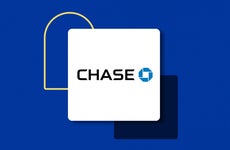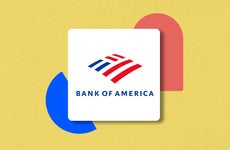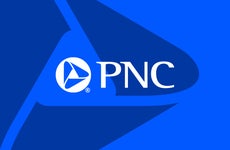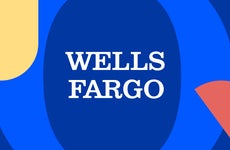Checking
Maximize your checking: Compare high-yield checking accounts, no-fee checking accounts and more.
Checking Basics
Latest Articles
-

How to use Zelle: A beginner’s guide to digital payments
The person-to-person payment tool can allow for easy transactions to friends, family and more.
6 min read Apr 24, 2024 -

5 ways to cash a check without a bank account
Consumers without a bank account face hurdles when trying to cash a check.
4 min read Apr 22, 2024 -

5 must-have features for checking accounts
From no fees to online bill pay, here are the must-have checking account features.
4 min read Apr 18, 2024 -

Chase checking accounts
Decide whether these products offered by America’s biggest bank meet your needs.
4 min read Apr 15, 2024 -

Bank of America checking accounts
Everything you need to know about BofA’s checking accounts.
4 min read Apr 12, 2024 -

How financial literacy for young adults has evolved
Balancing a checkbook may be passé, but managing your money well still matters.
8 min read Apr 11, 2024 -

What is a second-chance checking account? Here’s everything you need to know
A second-chance account can help to restore your standing in the eyes of your bank.
4 min read Apr 10, 2024 -

Best business checking accounts for April 2024
Not paying fees and an easy way to bank should all be priorities. Here are some of our favorites.
10 min read Mar 29, 2024 -

Best online checking accounts for April 2024
Online checking accounts stand out for different features. Here’s our top picks.
8 min read Mar 29, 2024 -

Where is the account number on a check?
Finding the account number on a check is easy — if you know where to look.
2 min read Mar 28, 2024 -

How to find the best checking account
Here are some key factors to consider when searching for the best checking account.
4 min read Mar 28, 2024 -

PNC Bank checking accounts
Here’s everything you need to know about the bank’s checking accounts.
5 min read Mar 27, 2024 -

What is a checking account?
Spend money, pay bills, write checks or make fund transfers with a checking account.
6 min read Mar 26, 2024 -

Discover Bank checking account
Here’s everything you need to know about the online bank’s checking account.
2 min read Mar 22, 2024 -

Wells Fargo checking accounts
Here’s everything you need to know about the big bank’s checking accounts.
5 min read Mar 15, 2024 -

Want to save money on paper checks? Skip your bank
You can spend less on reorders and still have the security features you need.
4 min read Mar 01, 2024 -

How much are ATM fees?
Over time, ATM fees have climbed. Here’s what you need to know.
3 min read Feb 29, 2024 -

Bank account alerts to help protect your money
Mobile apps make managing your money a snap and mobile alerts can help protect it.
6 min read Feb 29, 2024 -

7 key benefits of mobile banking
Mobile banking apps aren’t just trendy, they can help you better manage your money.
8 min read Feb 07, 2024 -

How to order checks online
Looking to save money when ordering checks? Consider getting them online instead, here’s how.
3 min read Feb 06, 2024